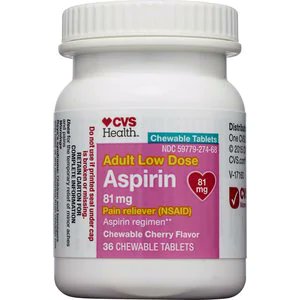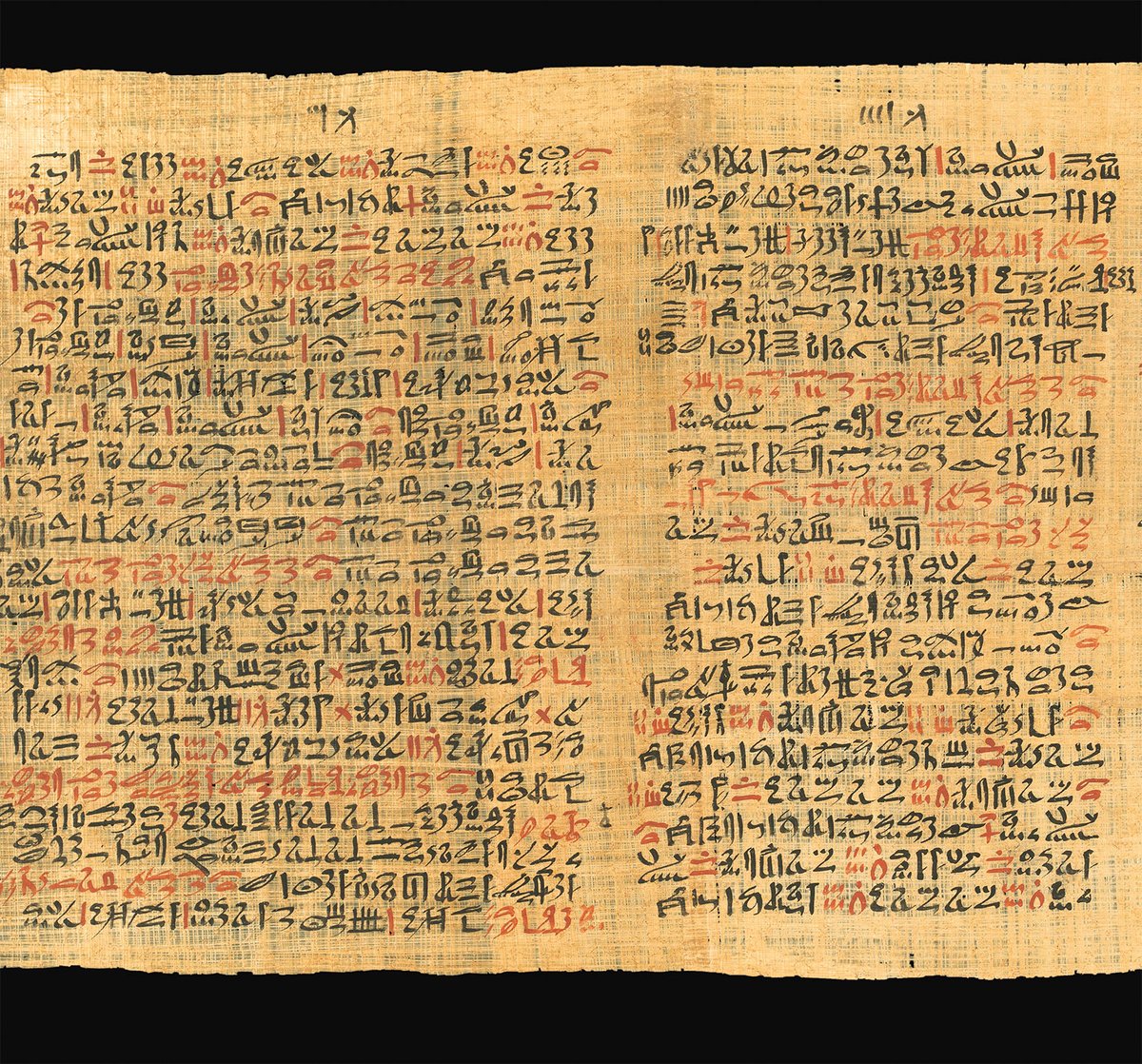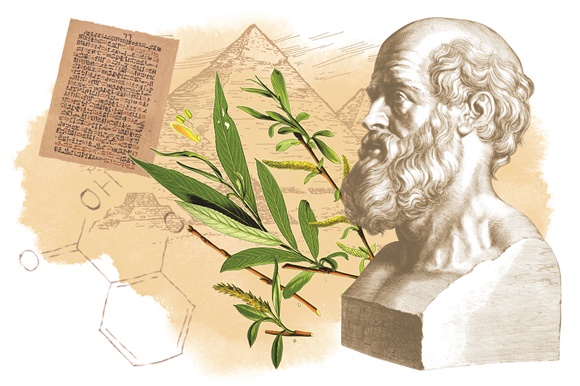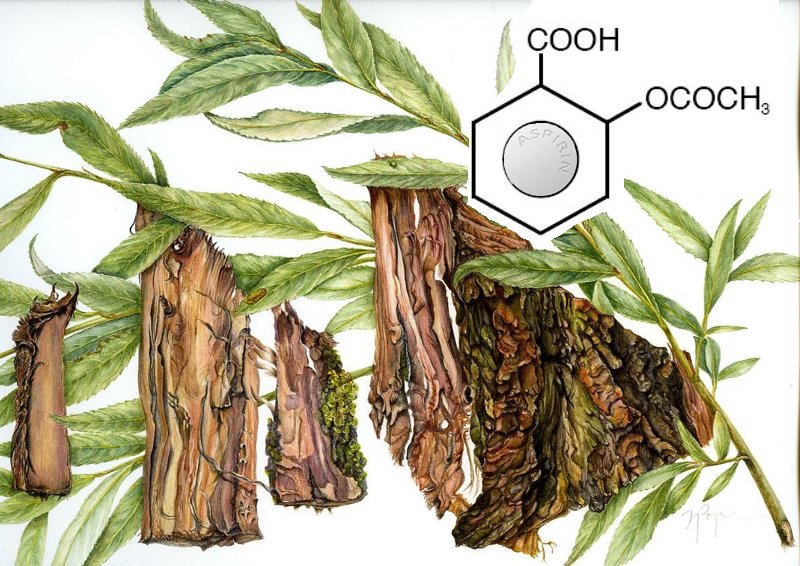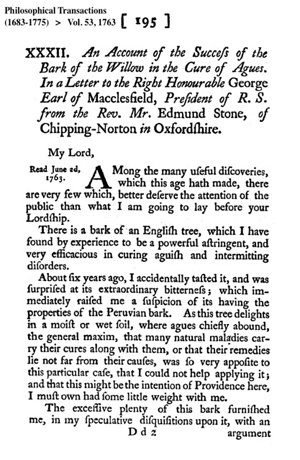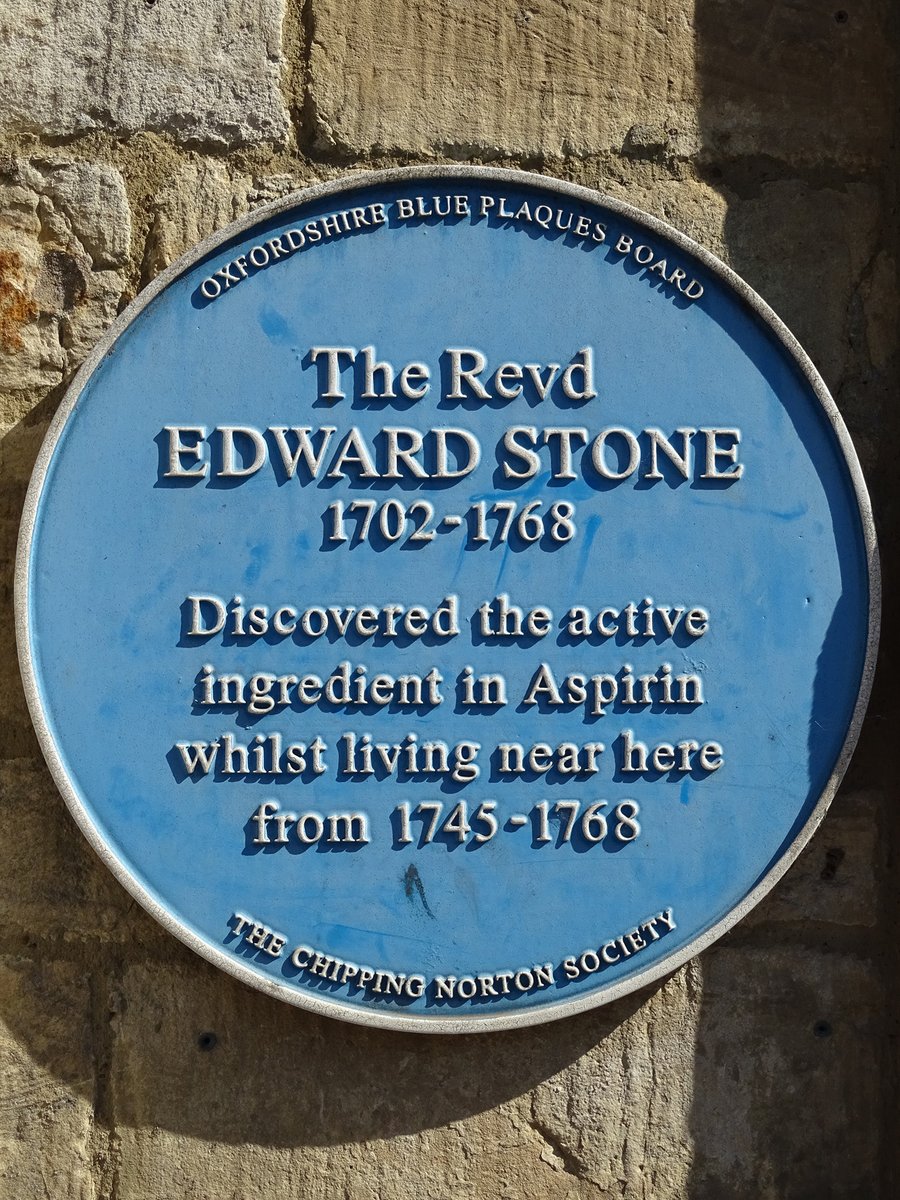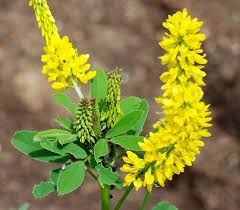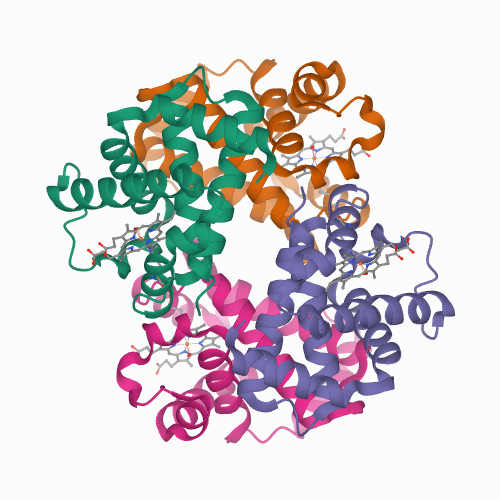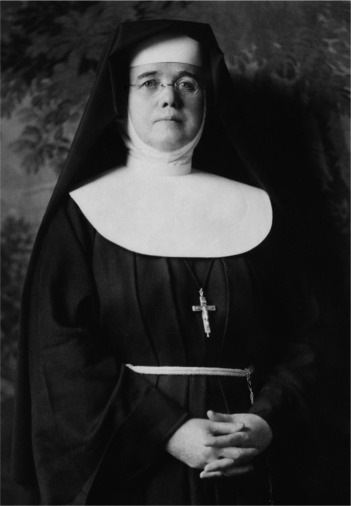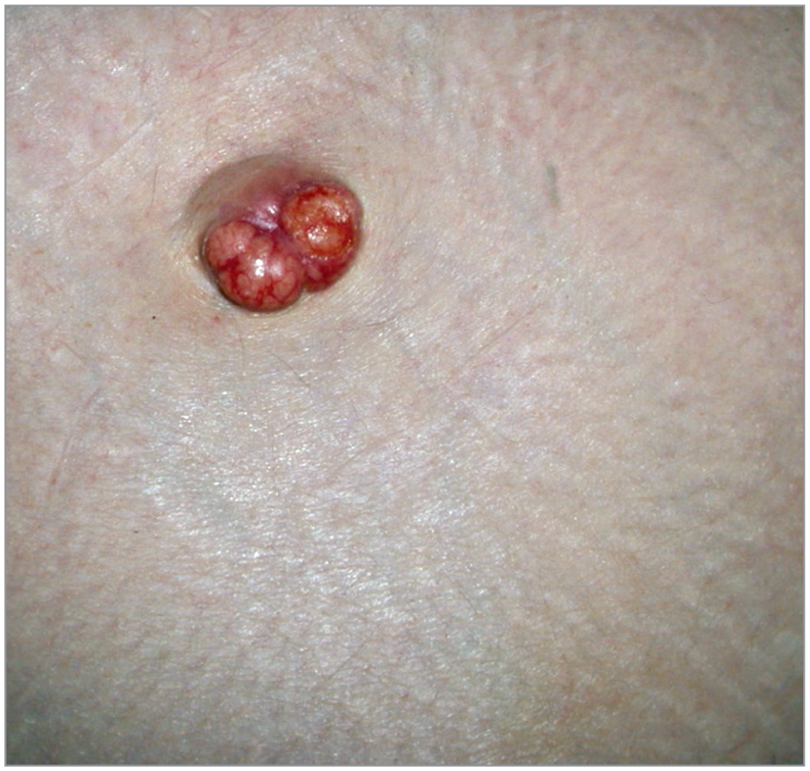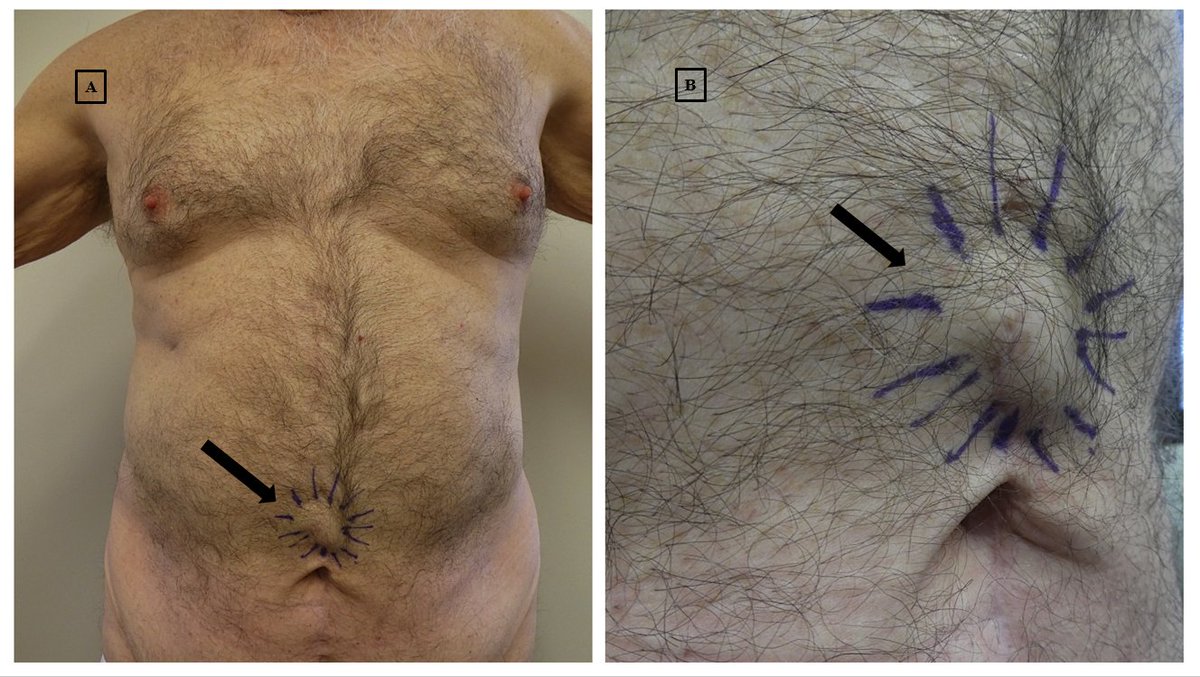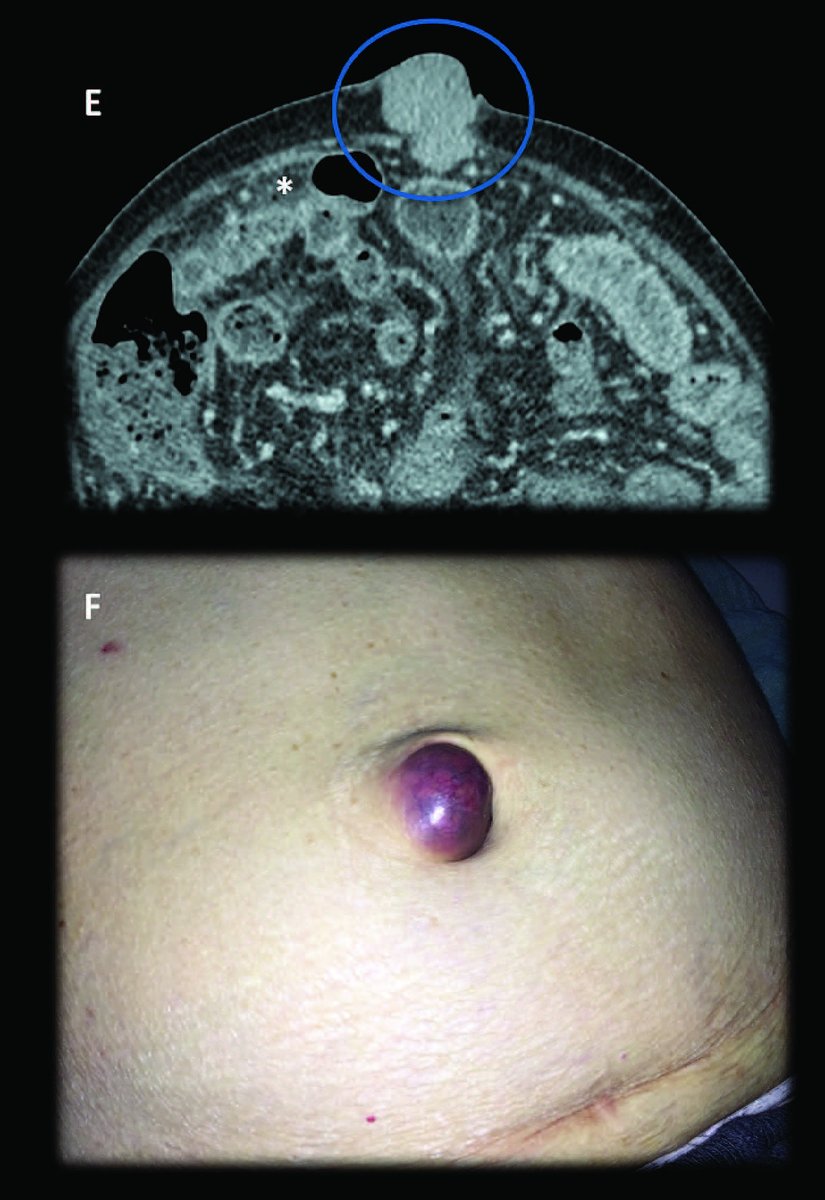
Stumbled across this today when looking for a different reference and did a double take - another David Steensma, and a Dr Papaemmanuil who is not @PapaemmanuilLab, publishing on #ICUS which we have both published on - neither are especially common surnames 😮 

I have to find this guy and publish with him and cause EndNote confusion forever after /2
As an undergraduate @Calvin_Uni I published a quantum physics paper with Bob Steen, and we were desperate to get Steve Steenwyk in the department to author with us so it could be the Steen-Steensma-Steenwyk paper, but it didn’t work out /3
All of this of course pales in comparison to cosmology study where Ralph Alpher and George Gamow at GWU collaborated with Hans Bethe to write the infamous Alpha-Bethe-Gamow paper
• • •
Missing some Tweet in this thread? You can try to
force a refresh








